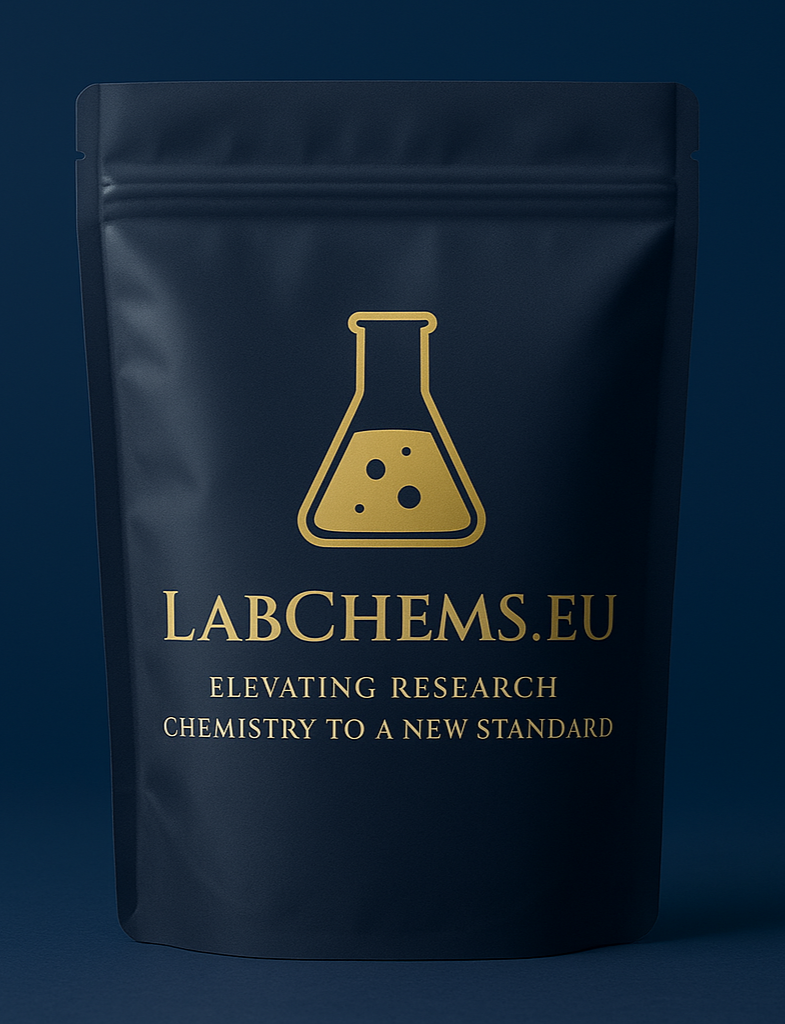Promal (Methallylescaline) 21mg Blister
Introduction
Promal, also known as Methallylescaline (MAL), is a synthetic psychedelic compound belonging to the phenethylamine class. It is structurally related to mescaline, a naturally occurring psychoactive alkaloid. Methallylescaline has drawn interest in the fields of psychopharmacology and neuropharmacology due to its potential psychoactive effects and therapeutic applications. This article provides a comprehensive overview of Promal, particularly in the context of its 21mg blister packaging, including its chemical properties, pharmacology, and research applications.
Chemical Properties
- IUPAC Name: 3,5-Dimethoxy-4-(2-methylallyloxy)phenethylamine
- Molecular Formula: C13H19NO3
- Molecular Weight: 237.30 g/mol
- Chemical Structure: The structure features a phenethylamine core with methoxy groups at the 3- and 5-positions and a 2-methylallyloxy group at the 4-position.
Pharmacology
Promal (Methallylescaline) is a synthetic phenethylamine that interacts with serotonin receptors in the brain, contributing to its psychoactive properties.
- Mechanism of Action: Methallylescaline is believed to act as an agonist at various serotonin receptors, particularly the 5-HT2A receptor, which is associated with psychedelic experiences. It may also interact with other neurotransmitter systems to produce its effects.
- Potential Effects: Research indicates that Methallylescaline can produce altered states of consciousness, euphoria, sensory enhancement, visual and auditory hallucinations, and perceptual changes. Detailed pharmacokinetic and pharmacodynamic studies are necessary to fully understand its effects and mechanisms.
Research Applications
Promal (Methallylescaline) 21mg blisters are utilized in scientific research to explore the compound’s pharmacological properties and potential therapeutic applications. Key research areas include:
- Neuropharmacology: Investigating the compound’s interaction with serotonin receptors and its effects on brain function and neurotransmitter systems.
- Psychopharmacology: Examining the psychoactive effects to understand the mechanisms underlying altered states of consciousness and potential therapeutic benefits.
- Therapeutic Potential: Exploring the use of Methallylescaline in psychotherapy, particularly for conditions such as depression, anxiety, PTSD, and substance use disorders.
Dosage and Administration
- Blister Dosage: Each blister contains 21mg of Methallylescaline, a dosage typically used in research settings. The precise effects can vary depending on individual sensitivity, body weight, and metabolic factors.
- Administration: Methallylescaline is generally administered orally in research settings. It is crucial to adhere to standardized protocols to ensure accurate and reproducible results.
Safety and Ethical Considerations
Given the potent nature of psychoactive compounds, it is essential to adhere to stringent safety protocols and ethical guidelines when conducting research with Methallylescaline. Researchers should be aware of the potential for intense psychological effects and ensure that studies are conducted responsibly and ethically.
Conclusion
Promal (Methallylescaline) 21mg blisters offer a valuable means for scientific research into synthetic psychedelics. As research progresses, a deeper understanding of its pharmacological properties and therapeutic potential will emerge, contributing to the development of novel treatments for various psychological disorders.



Reviews
There are no reviews yet.